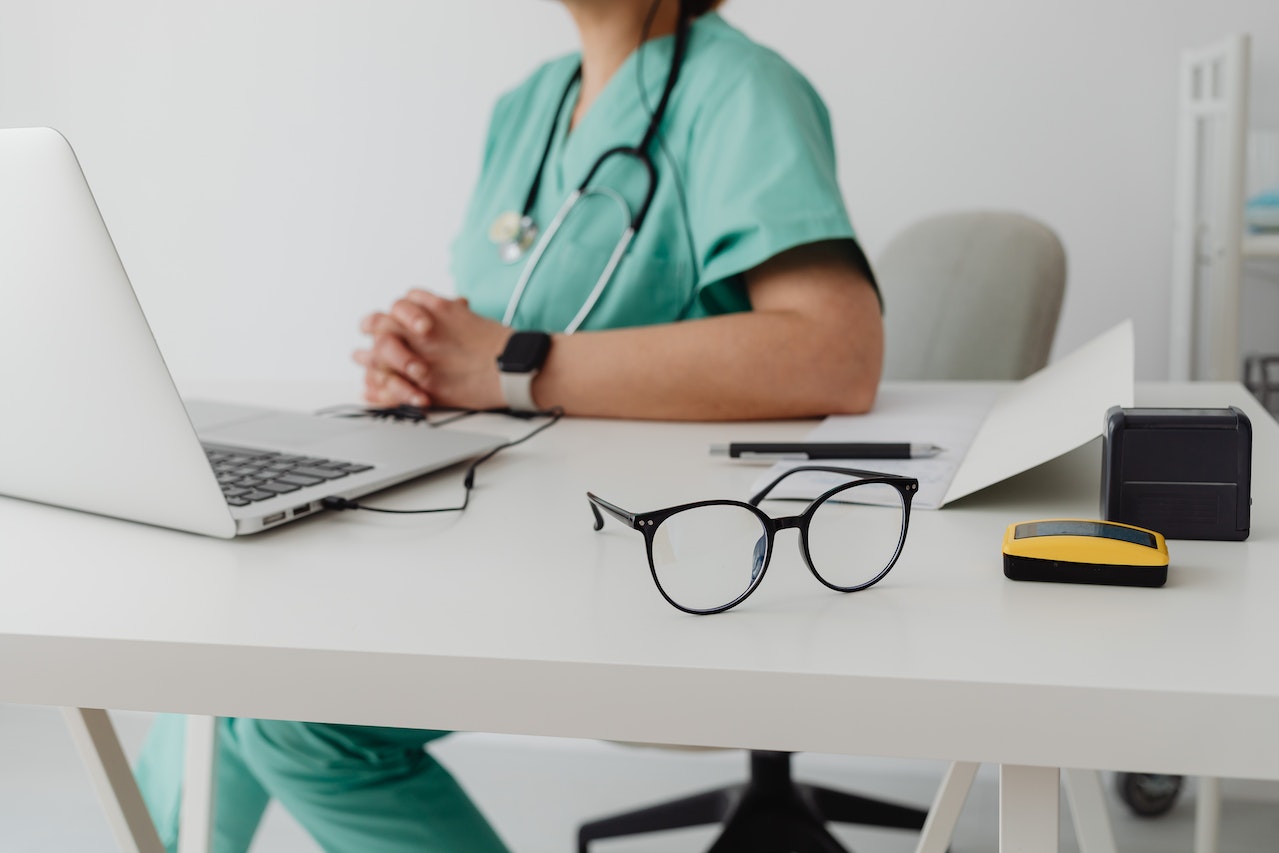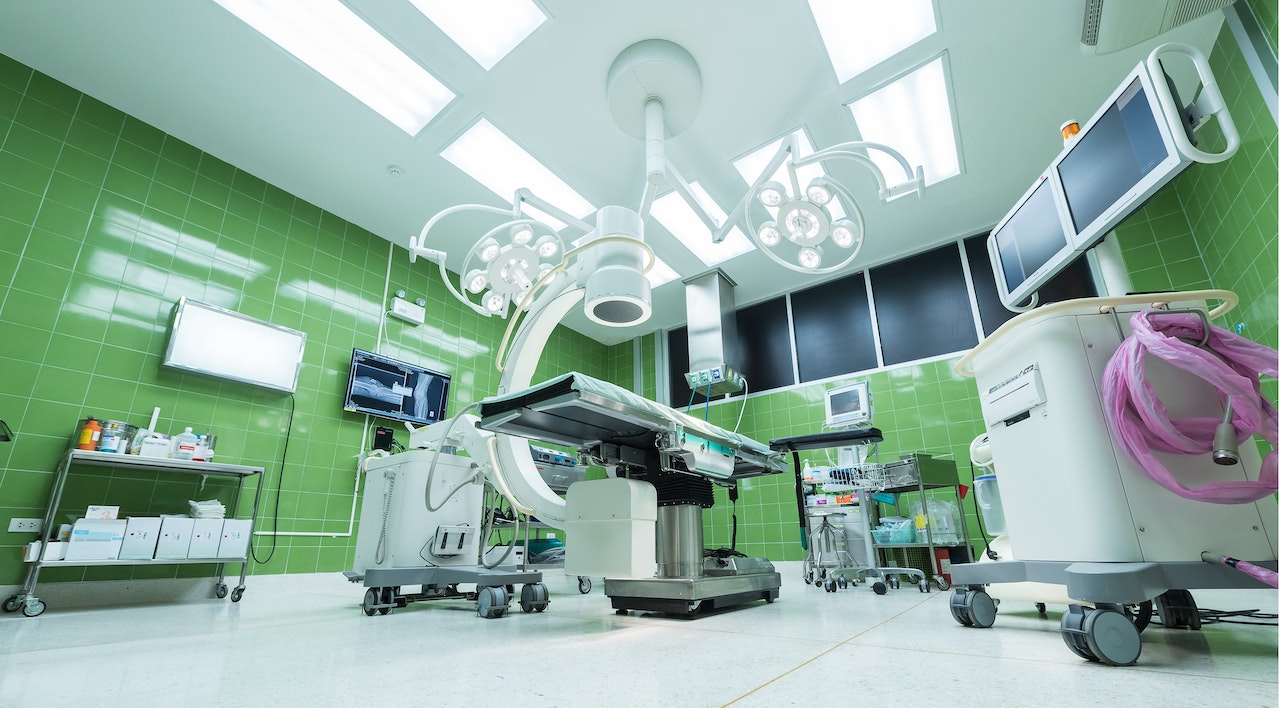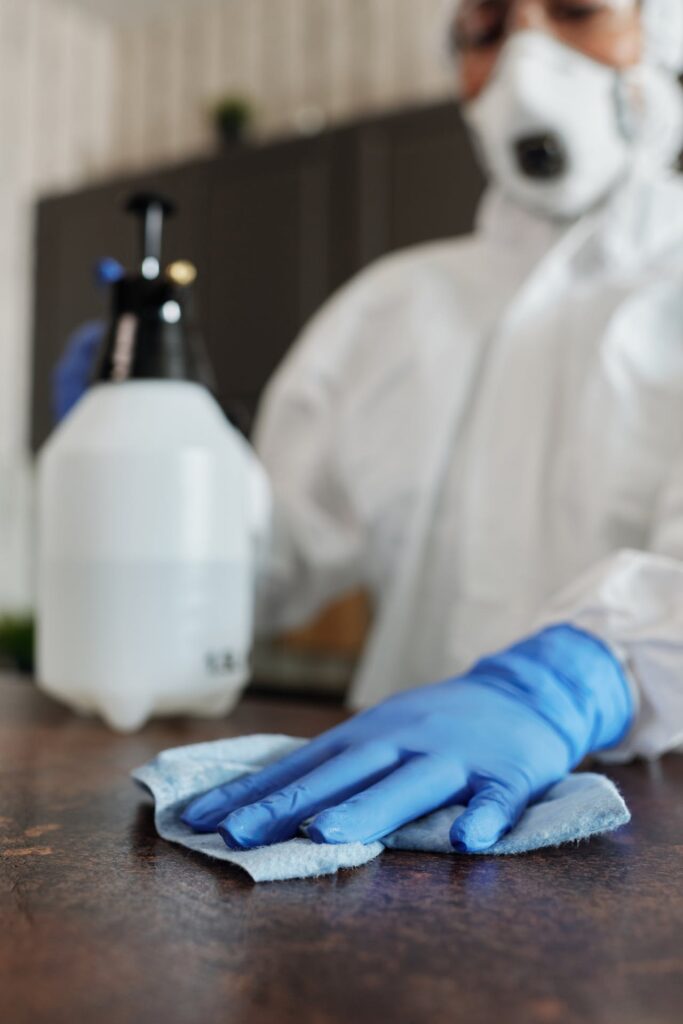
Having a clean, sterile medical office is vital for both the workers and patients. As long as the medical office is constantly disinfected and maintained, having a safe and hygienic area will come naturally. This cleanliness will allow a more comfortable territory to aid those who are ill or injured medically. We created the following medical office cleaning checklist to help reach this standard.
Sanitize Waiting Rooms
Medical waiting rooms have an influx of patients who typically are feeling ill. Therefore, they are likely transmitting more germs into the air and onto the surfaces. A great practice for cleaning medical offices is to make sure that the waiting rooms are sanitized as often as possible.
This entails disinfecting objects in the room, including:
- Chairs
- Tables
- The floor
- Door handles
- Windows
- Toys, books, or magazines that belong there
- Anything else there that the patient could touch
Frequently sanitizing those objects in the waiting room and making sure it doesn’t go too long without a cleaning will help all those in the office. Especially providers and those who work there, as they are there during business hours.
Make Sure Patient Examination Rooms Are Repeatedly Sterilized

A very important practice for cleaning medical offices is staying on top of a patient examination room. This is where the doctor examines the person who is ill, and is also a place for bacteria and germs to build if they are not immediately taken care of. It is for this reason that this is next on the medical office cleaning checklist.
Additionally, the following equipment needs to be sterilized after use:
- Stethoscopes
- Examination tables or beds
- Computers, keyboards a mouse or desk in the rooms
- Patient chairs
- Anything else the patient touches
Sterilizing a patient room will help stop the spread of germs and will help increase safety for high risk patients.
Frequently Disinfect Medical Office Restrooms
Cleaning a medical office restroom is more essential than it seems, because bathrooms have the potential to get filthy as they are a breeding ground for germs and harmful bacteria. It’s especially essential that the following items in the restrooms are disinfected:
- All parts of the toilet, particularly the handle, seat and bowl
- The inside of the sink and it’s faucet
- Door knobs and light switches
- The floor
- The paper towel dispenser
- The stalls, especially where you lock it and enter
- The soap dispenser
If all these places are properly disinfected with the right cleaning equipment, it makes the restroom in the medical office much safer to be in.
Correctly Dispose of Hazardous Materials
Disposing of hazardous materials is on this medical office cleaning checklist because it could have dire consequences if it is not done correctly. That being said, the following hazardous materials are what needs to be properly disposed of:
- Needles
- Pharmaceuticals
- Lab chemicals
- Batteries
- Some sanitizing and disinfecting chemicals (which is why cleaning professionals come in handy since they know how)
Luckily, there are health care providers and other professionals who are trained how to do this if someone needs help. Taking this precaution while cleaning a medical office ensures a much less hazardous environment and is lower risk for healthcare providers and their patients.
Routinely Wipe Down All Hard Surfaces

Hard surfaces, especially ones that get touched or used over and over throughout the day, have many germs transmitted to them. That is why wiping down any hard surface with a disinfectant is crucial. It’s recommended to have a consistent pattern of when the office gets wiped down, to ensure that it gets done.
There are surfaces in this portion of the building that especially need to be wiped down. These include:
- The desk surface
- Inside cabinet spaces
- Inside drawers
- All Shelves
- Computers, keyboards and the mouse that goes with it
- Any surface that is normally covered by papers or something else
Having clean, disinfected surfaces in a medical office made the cleaning checklist because it will help prevent sickness and allergies from taking place in the building.
Keep the Outside of the Medical Office Clean and Safe
When thinking of cleaning a medical office, making sure the outside is taken care of may not often cross your mind. However, making sure the outside is as safe and clean as the inside is very beneficial to patients in the long run.
Maintaining and having a clean outside of a medical office includes:
- Making sure walkways are clear so that patients don’t trip over anything
- Ensuring that if there’s snow or ice outside, that it’s salted and not slick
- Picking up any trash or debris blowing around
- Assuring the building is handicap accessible
These steps are vital for having a clean and secure medical office and preventing further illness or injuries.
When cleaning a medical office, it’s essential to add the following to your medical office cleaning checklist: sterilize patient waiting and examination rooms, disinfect restrooms, and sanitize surfaces. Also, be sure to correctly dispose of hazardous materials and ensure the outside of the office is safe. These actions will help secure office workers’ and patients’ safety and happiness.
If you would like assistance to ensure that the sterilizing and maintenance are done correctly, Seattle Commercial Cleaners is here for you. Our experts are professionally trained to know when and how to use the correct cleaning agents. They know how to make cleaning your medical office a seamless task and will leave it better than they found it. Contact our office today and learn how we can help you!